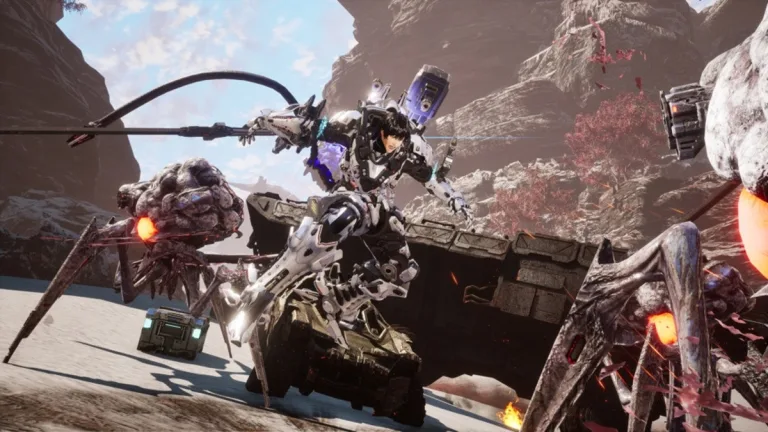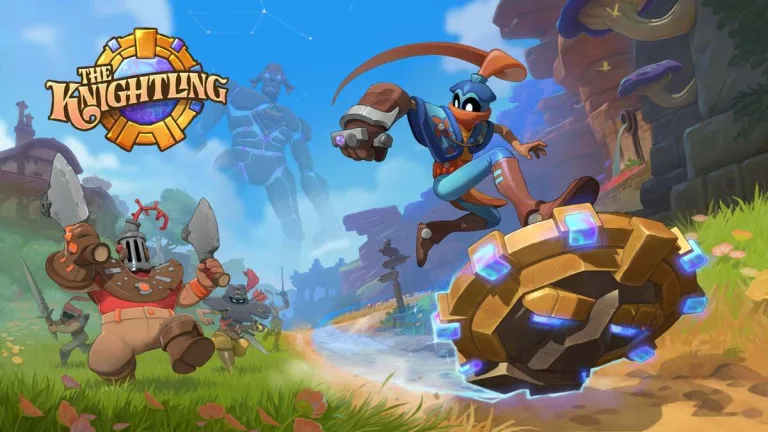After a seven-year wait, the long-anticipated sequel to Hollow Knight finally arrives: Silksong, an indie title that...
On September 10th, 2025, the #PlayAcclaim Showcase didn’t just unveil games—it launched a movement. Titled “Welcome to...
The Super Robot Wars franchise has been around for over 30 years in Japan, with more than...
Daemon X Machina: Titanic Scion aims to improve on every aspect of its predecessor and, in theory,...
Not many platformers manage to live up to the expectations set by classics like Mario Bros, and...
Apple’s September 2025 “Awe Dropping” event wasn’t just about sleeker designs and camera upgrades—it marked a pivotal...











